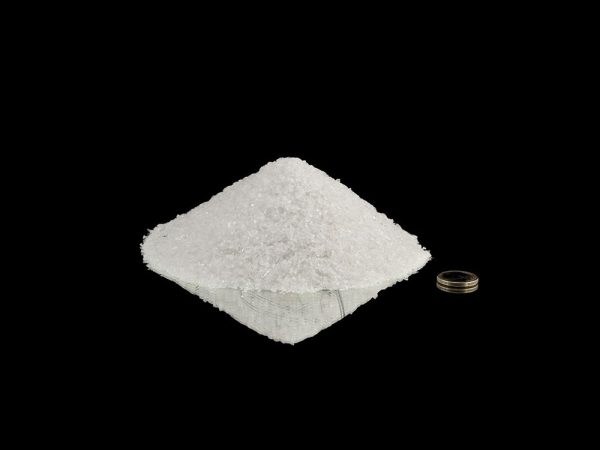
Silica powder is a non-toxic, odorless, non-polluting inorganic non-metallic material, which is made of natural quartz (SiO2) or fused silica (natural quartz melted at high temperature and cooled amorphous SiO2) through crushing, ball milling (or vibration, Jet mill), flotation, pickling purification, high-purity water treatment and other multi-channel processes.
Microsilica powder has: refractive index 1.54-1.55, Mohs hardness about 7, density 2.65g/cm3, melting point 1750°C, dielectric constant about 4.6 (1MHz).
Its main properties include:
Good insulation: Due to the high purity of silicon micropowder, low impurity content, stable performance and excellent electrical insulation performance, the cured product has good insulation performance and arc resistance.
It can reduce the exothermic peak temperature of the epoxy resin curing reaction, reduce the linear expansion coefficient and shrinkage rate of the cured product, thereby eliminating the internal stress of the cured product and preventing cracking.
Corrosion resistance: Silicon micropowder is not easy to react with other substances, and does not react chemically with most acids and alkalis. Its particles evenly cover the surface of objects and have strong corrosion resistance.
Reasonable particle gradation can reduce and eliminate precipitation and stratification during use; it can increase the tensile and compressive strength of the cured product, improve the wear resistance, increase the thermal conductivity of the cured product, and increase the flame retardancy.
Silica powder treated with silane coupling agent has good wettability to various resins, good adsorption performance, easy mixing and no agglomeration.
Silica powder is used as a filler and added to the organic resin, which not only improves the properties of the cured product, but also reduces the product cost.
Application in copper clad laminate
Silica powder is a kind of functional filler, which can improve the insulation, thermal conductivity, thermal stability, acid and alkali resistance (except HF), wear resistance and flame retardancy of the board when added to the copper clad board, and improve the performance of the board. Excellent bending strength and dimensional stability, reduce the thermal expansion rate of the sheet, and improve the dielectric constant of the copper clad laminate. At the same time, because silicon micropowder is rich in raw materials and low in price, it can reduce the cost of copper clad laminates, so it is widely used in the copper clad laminate industry.
Application in high-end epoxy resin potting compound
Epoxy resin potting compounds are widely used in the potting process of electronic device manufacturing industry. Among them, potting is an operation process that uses potting materials to rationally arrange, assemble, bond, connect, seal and protect the various parts that make up the electrical device according to the specified requirements. Its function is to strengthen the integrity of electronic devices, improve the resistance of electronic devices to external shocks and vibrations, improve the insulation between internal components and circuits of electronic devices, avoid direct exposure of internal components and circuits of electronic devices, and improve the waterproof and dustproof of electronic devices , Moisture-proof performance.
As one of the commonly used fillers for epoxy resin potting compound, microsilica powder has a significant effect on improving some physical properties of epoxy resin. For example, adding active silica micropowder to epoxy resin potting compound can greatly improve the performance of epoxy resin. Improve the impact resistance of the potting compound and reduce the viscosity of the epoxy resin potting compound. In order to better integrate the epoxy resin and the microsilica powder, it is necessary to modify the surface of the microsilica powder. The purpose of the modification is to change the polarity of the microsilica powder surface to non-polarity through coupling agents and toughening agents. , making it hydrophobic and organic solvent-friendly, with good wettability, thereby enhancing the bonding force between the silicon micropowder and the epoxy resin interface.
Application in epoxy molding compound
Epoxy molding compound (EMC), also known as epoxy resin molding compound, epoxy molding compound, is based on epoxy resin as the matrix resin, high-performance phenolic resin as the curing agent, adding fillers such as silica powder, and adding a variety of Powder molding compound made by mixing additives. 97% of global integrated circuit (IC) packaging materials use epoxy molding compound (EMC). The plastic packaging process is to use transfer molding to extrude EMC into a special mold cavity, embed the semiconductor chip in it, and complete crosslinking at the same time. Curing and molding to form a semiconductor device with a certain structural appearance. In the composition of EMC, silicon micropowder is the most used filler, and the weight ratio of silicon micropowder to epoxy molding compound reaches 70% to 90%.
